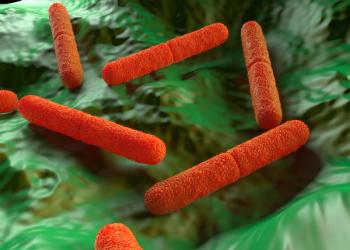
Broad-spectrum antimicrobial therapy is common among critically ill patients, but few undergo antimicrobial de-escalation, a new study found.

Broad-spectrum antimicrobial therapy is common among critically ill patients, but few undergo antimicrobial de-escalation, a new study found.
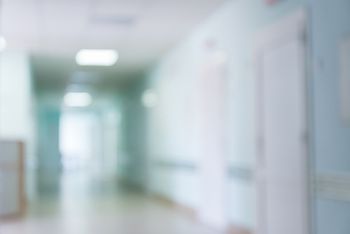
Findings reveal that most unhealthy seniors and/or their families opt for comfort-directed care rather than life-sustaining treatment.
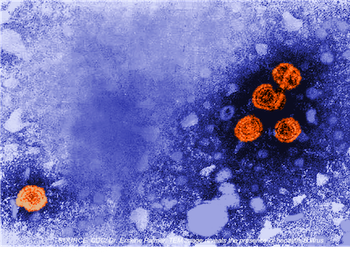
A new report from the CDC finds refugees arriving in the United States who are infected with hepatitis B virus are frequently lost to follow-up care.
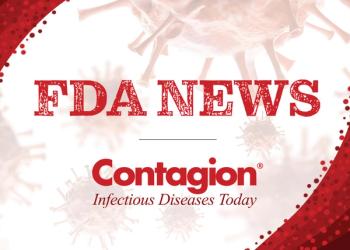
An overview of FDA drug pipeline news from the past week.
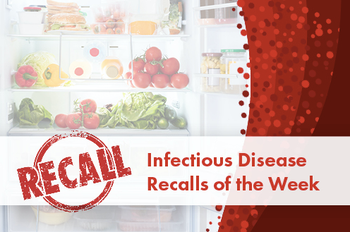
The week's FDA recall updates.
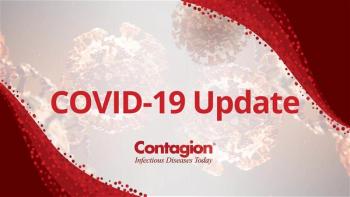
A June 19, 2020 recap of the biggest headlines in pandemic research and response.

A telephone survey confirms people are dealing with these issues and suggests it may be an early bellwether to providers and patients alike.
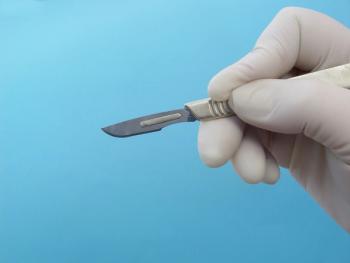
Although routinely prescribed after surgery, a new meta-analysis of studies on antibiotics and surgery finds there is no need for post-surgery antibiotics if best practices are followed.

In a recent US survey, African American male participants knew more people infected with COVID-19, had greater knowledge disparities, and were exposed to the virus more than other groups.
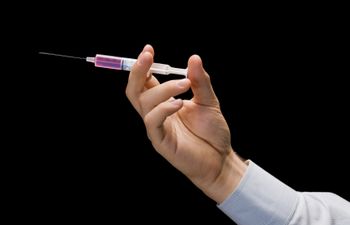
Health officials are urging parents to adhere to recommended vaccination schedules amid the COVID-19 pandemic, which has led to a drop in vaccination coverage.
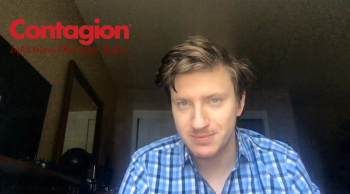
A video review of the latest ID news.
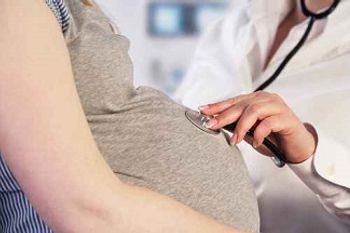
Pregnant women with COVID-19 typically experienced symptoms in their second and third trimester, a new study shows.
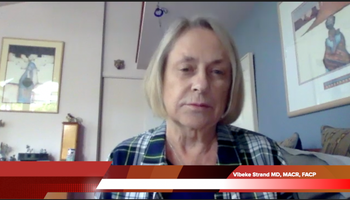
Vibeke Strand, MD, MACR, FACP, of the Division of Immunology/Rheumatology at Stanford University School of Medicine, discusses ongoing AI research in her field.
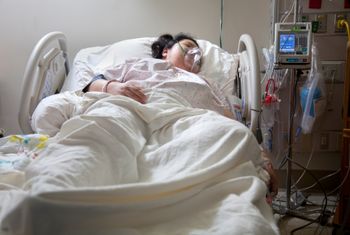
the company announced it COVID-19 medication is looking to address viral replication and uncontrolled inflammatory response.
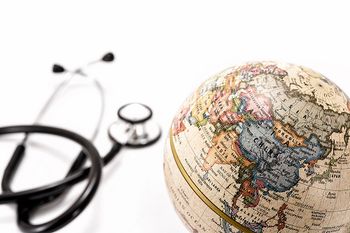
In a new analysis of Guangzhou city contact tracing data, investigators examined secondary attack rates of SARS-CoV-2.

An overview of 3 recent infectious disease news stories.

A modeling study from the UK reinforces how the transmission rates from infected people can be lowered using a variety of well-known strategies.
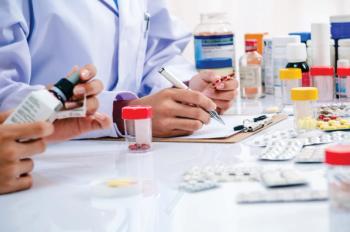
Providing oral antibiotics to people who inject drugs with infections may reduce hospital readmissions.

Vibeke Strand, MD, MACR, FACP, discusses patients who are having a hard time getting their usual supplies of HCQ.
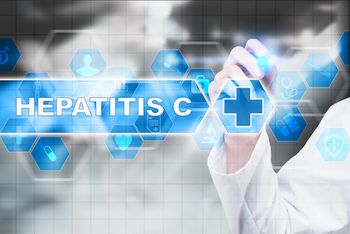
A new phase 2b trial shows promise in HCV treatment.

Given there is not a clear international standard for health records, one of the challenges in the early COVID-19 response mobilization was a delayed start to data collection and indexing.

Some countries have been proactive in patient logging and tracking. How can even retroactive assessment benefit future preventive responses?
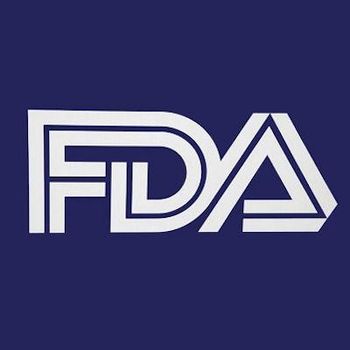
The technology deploys AI-based algorithms that use machine-learning to identify respiratory failure and hemodynamic instability
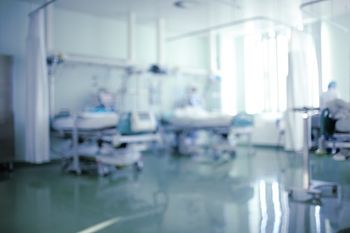
New study shows reduced deaths by one-third in ventilated patients, and one-fifth in patients receiving oxygen
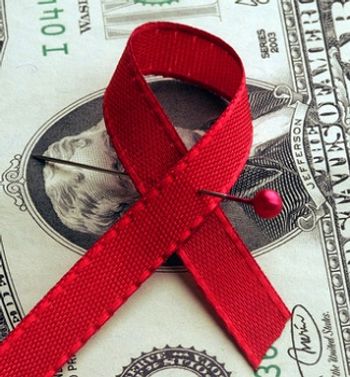
Regional disparity in prior authorization requirement for insurance coverage of Pre-exposure prophylaxis (PrEP) for HIV could be discriminatory.
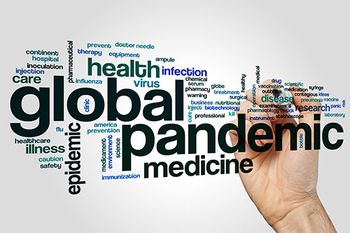
In a modeling study, an estimated 1.7 billion people are at an increased risk of the virus, but a much smaller percentage would require hospitalization.

A look at 3 major headlines in COVID-19 news on June 15, 2020.
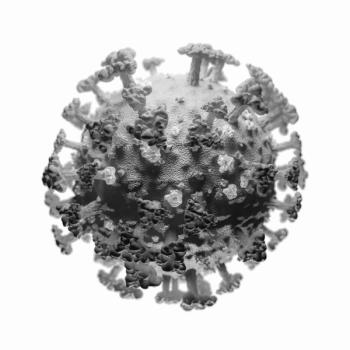
In a controlled environment, investigators found sunlight affected the decay rate of the virus.
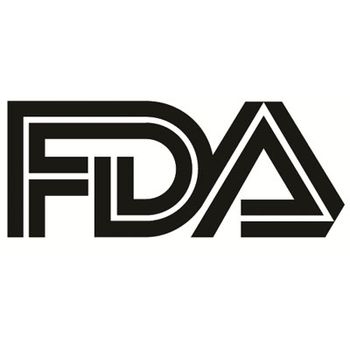
The anti-malaria drugs—and clinical trials assessing their benefit—have been under close scrutiny since the EUA was first granted in late March.
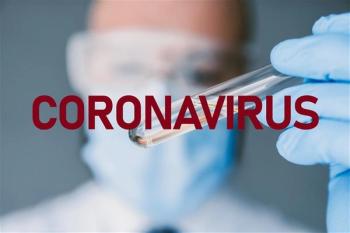
During the spring COVID-19 outbreak, an examination of Swiss people in Geneva shows only a small amount of the population with IgG antibodies.